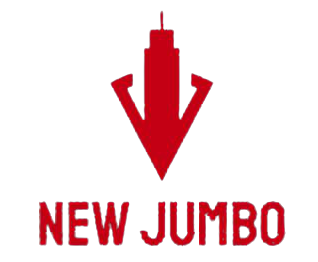Cold manufacturing, a metalworking preparation performed at or close to room temperature, is broadly utilized for shaping metals into desired shapes with high accuracy. Copper, known for its great conductivity, pliability, and resistance to erosion, maybe a well-known choice for different mechanical applications cold forging copper includes distorting the metal through compressive strengths without applying warm, which can offer several focal points but also presents interesting challenges. This paper investigates the most benefits and challenges related to cold manufacturing copper beneath seven headings.
The Most Focal points and Challenges of Cold Manufacturing Copper
Cold-producing copper offers upgraded mechanical properties, tall dimensional precision, and fabric proficiency, decreasing costs. Be that as it may, it challenges tooling strength, work solidifying diminishing ductility, and impediments in forming complex plans. Adjusting these variables is key to optimizing cold production for high-quality, cost-effective copper components.
Upgraded Mechanical Properties
One of the noteworthy preferences of cold-producing copper is the improvement of its mechanical properties. Cold production increases the quality and hardness of copper through strain solidifying. The method refines the grain structure of the metal, driving it to move forward with pliable quality and weariness resistance. These improved properties make cold-forged copper components appropriate for requesting applications such as electrical connectors, warm exchangers, and plumbing installations, where solidness and unwavering quality are vital.
Tall Dimensional Precision and Surface Wrap up
Cold fashioning permits the generation of components with a tall dimensional precision and prevalent surface wrap-up. The accuracy of the method decreases the requirement for auxiliary machining operations, sparing time, and fetch. The smooth surface wrap-up accomplished through cold producing upgrades the stylish offer of copper parts and diminishes the risk of surface absconds that might lead to untimely disappointment. This advantage is especially useful in businesses where both usefulness and appearance are basic, such as within the generation of enriching things and consumer electronics.
Fabric Effectiveness and Taken a Toll Reserve funds
Cold-producing copper is profoundly proficient in terms of material usage. The method includes negligible fabric wastage, as the metal is distorted instead of cut absent. This productivity interprets into fetched reserve funds, as more of the crude fabric is utilized within the last item. Moreover, the nonattendance of warming in cold fashion diminishes vitality utilization, contributing to lower generation costs and making the method more naturally inviting.
Tooling and Hardware Toughness
Cold-producing forces noteworthy stretch on tooling and hardware due to the tall strengths included. Copperâs relative delicateness compared to other metals can relieve a little wear on apparatuses, but the method still requires vigorous and strong gear. The life span and support of tooling are basic contemplations, as visit device substitutions can balance the fetched investment funds accomplished through fabric productivity. Contributing to high-quality, wear-resistant tooling is basic for keeping up the financial reasonability of cold manufacturing copper.
Work Solidifying and Ductility Trade-off
Whereas cold fashioning improves the quality and hardness of copper, it moreover leads to work solidifying, which decreases the metalâ’sductility. This trade-off can pose challenges, especially in applications requiring broad misshaping or adaptability. To address this issue, post-forging warm medications such as tempering can be utilized to reestablish a few of the misplaced ductility. Be that as it may, these extra steps increment the complexity and take a toll on the fabricating process.
Conclusion
Cold-producing copper presents a mix of critical focal points and outstanding challenges. The method improves mechanical properties, accomplishes tall dimensional exactness and surface wrap-up, and is effective in material utilization, driving to take toll investment funds. Be that as it may, it moreover forces requests on tooling and equipment, includes a trade-off between work solidifying and ductility, and is constrained in creating complex shapes.










